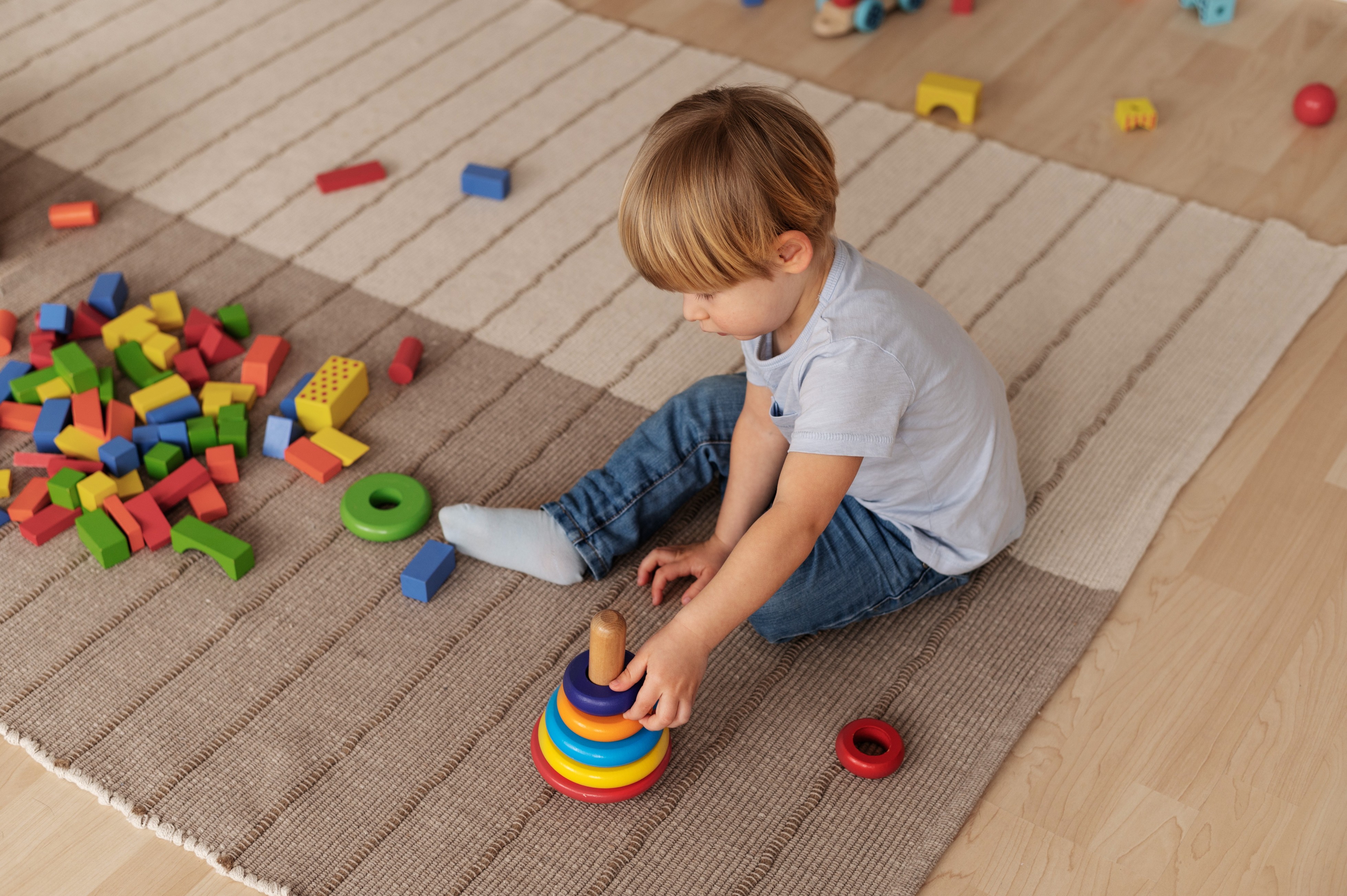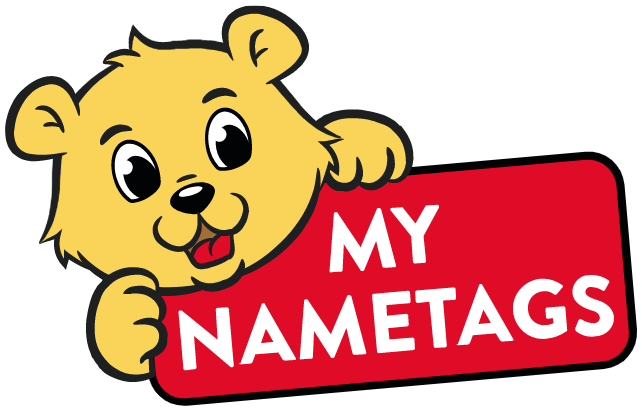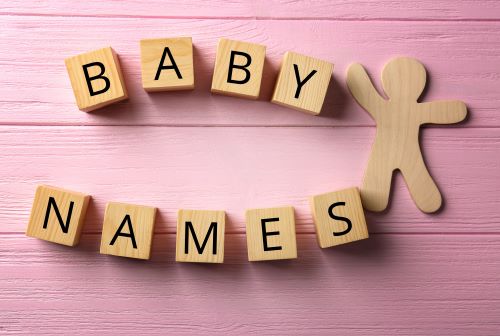Fun and Educational Insights!

Guest post by Maddie Irwin
It’s no secret that kids learn through play. What may be a mystery to some parents, however, is exactly what their children are learning from the toys they choose to play with. In this blog post, we’ll take a look at the educational benefits of some common types of children’s toys. We’ll also explore how different types of toys can help kids develop important skills and abilities. So read on to learn more about what your child is learning when they’re playing!
Interaction
One of the most important things that children learn from playing with toys is how to interact with other people and the world around them. Toys can provide kids with opportunities to practice important social skills like sharing, communication, and cooperation. They can also help kids develop a better understanding of their own emotions and the emotions of others.
Cause and Effect
Another important concept that kids learn from playing with toys is cause and effect. As they play, children learn to understand how their actions can affect the world around them. This is an important skill that will help them in all areas of their life, from academics to relationships.
Imagination and Creativity
Toys also provide a great opportunity for kids to flex their imaginations and be creative. When children are given the chance to use their imagination while playing, they often come up with ideas and solutions that they never would have thought of before. This can lead to all sorts of wonderful things, like increased confidence, improved problem-solving skills, and enhanced creativity.
A play kitchen, for example, is a great way to encourage kids to use their imaginations. By pretending to cook meals and care for babies, children can explore different roles and experiment with what it means to be a grown-up. Dolls, action figures, and other toys can also inspire kids to create their own stories and adventures.
Problem Solving
In addition to promoting creativity, playing with toys can also help children develop important problem-solving skills. As they play, kids are constantly confronted with challenges and obstacles. In order to overcome these challenges, they have to use their critical thinking skills to figure out solutions. This process of trial and error helps them learn how to think creatively and work through problems effectively.
Critical Thinking
As we’ve seen, playing with toys can help children develop a variety of important skills. But what exactly is critical thinking? Critical thinking is the ability to analyse information and make decisions based on that information. It’s a skill that is essential for success in all areas of life, from school to careers. And playing with toys is one of the best ways to help kids develop this important skill.
Physical Development
Finally, playing with toys can also help kids develop physically. Toys that require movement or physical activity can help kids improve their gross motor skills (large muscle movement) and fine motor skills (small muscle movement). These types of toys can also help improve coordination, balance, and dexterity.
Examples of Educational Toys
So what are some specific examples of educational toys? Well, blocks are a great way for kids to learn about spatial relationships, maths concepts like numbers and shapes, and basic engineering principles. And dolls or action figures can promote role-playing and imagination.
Of course, it’s important to remember that not all toys are created equal. Some toys are better suited for certain developmental stages than others. And some toys may be more appropriate depending on your child’s interests and preferences. So when you’re shopping for toys for your child, keep in mind what they’re interested in and what kinds of skills they’re trying to develop.
Some great benefits that come from learning through playtime are:
It helps children interact better with their surroundings.
When they’re playing, they’re constantly interacting with either the toy itself or other people. This gives them ample opportunities to practice social skills, like sharing and communication. It also helps them understand emotions—both their own and others’.
They get to explore different materials and textures.
As they play, children are exposed to different materials, like wood, plastic, cloth, etc. This helps them develop their sense of touch and teaches them about the world around them.
It strengthens their muscles and develops coordination.
Playing also gives children a chance to move around and use their muscles. This helps them develop gross motor skills (large muscle movement) and fine motor skills (small muscle movement).
It improves memory and problem-solving skills.
Puzzles or other games that require children to remember what they’ve seen or done help improve memory. And as we mentioned before, playing can also help kids learn how to solve problems effectively.
Final Thoughts
So what exactly do kids learn from playing with toys? The answer is: quite a lot! From social skills to cause and effect, there are many important concepts that children can learn through play. So the next time you’re shopping for toys, keep in mind the educational benefits they offer. With a little bit of thought and planning, you can find the perfect toy to help your child learn and grow! And to ensure your child doesn’t lose their toys make sure you label them with My Nametags personalised labels!




